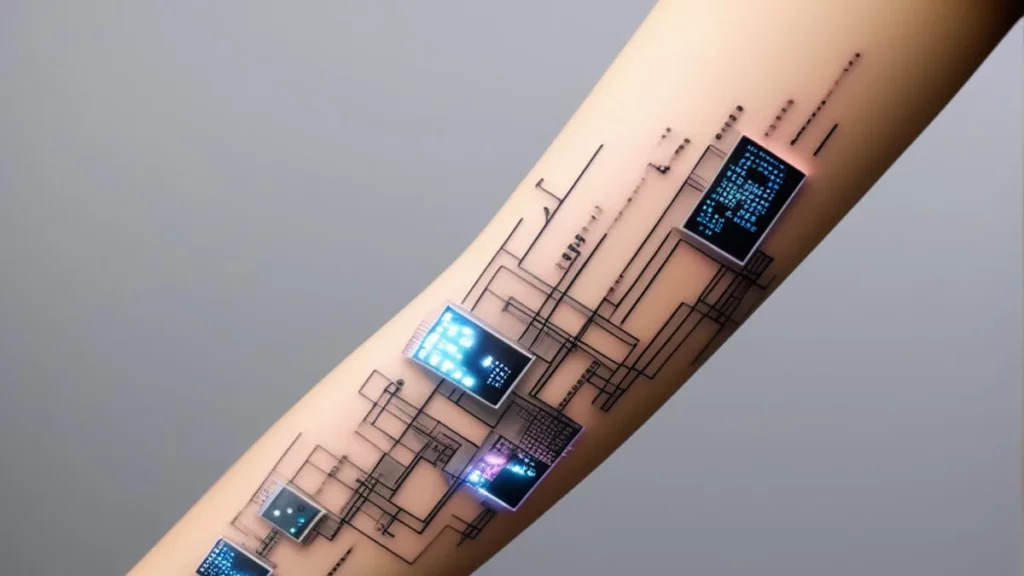Key Takeaways
- Researchers at the Max Planck Institute for Intelligent Systems have developed the Jellyfish-Bot, a robot inspired by jellyfish that is designed to collect waste from the ocean floor without damaging fragile ecosystems.
- The Jellyfish-Bot is equipped with six electrohydraulic actuators, referred to as HASELs, which allow it to move smoothly and generate water currents beneath its body to collect waste particles effectively and gently.
- The Jellyfish-Bot is energy-efficient, requires minimal power input, and interacts gently and virtually noiselessly with aquatic life, making it safe for humans and the environment.
- The Jellyfish-Bot is designed to work collaboratively, and the researchers are refining its design to provide enhanced control over its steering and mobility in oceanic environments.
- The ultimate goal is to develop a fleet of wireless robots that can efficiently clean up the world's oceans without harming delicate ecosystems.
A team of researchers at the Max Planck Institute for Intelligent Systems (MPI-IS) in Stuttgart has developed an innovative, hand-sized robot modeled after jellyfish, with the aim of addressing the growing problem of ocean pollution.
Known as Jellyfish-Bot, this unique robot is designed to be energy-efficient, versatile, and nearly noiseless, allowing it to collect waste from the ocean floor without causing damage to fragile ecosystems like coral reefs.
Harnessing the Power of Artificial Muscles
The Jellyfish-Bot is equipped with six electrohydraulic actuators, which function as artificial muscles. These muscles, referred to as HASELs, are powered by electricity and integrated into various layers of the robot.
The actuation of these artificial muscles allows the Jellyfish-Bot to swim smoothly and generate water currents beneath its body.
This enables the robot to collect waste particles effectively, trapping them and transporting them to the surface for recycling.
Additionally, the robot is capable of gathering delicate biological samples, such as fish eggs, without negatively affecting the surrounding ecosystem.
Speedy, Energy-Efficient, and Environmentally Friendly
One of the most significant advantages of the Jellyfish-Bot is its ability to move and capture objects without making direct contact, either operating independently or in combination with other robots.
The robot boasts a maximum speed of 6.1 cm/s and requires a minimal input power of approximately 100 mW.
This low energy consumption ensures that the Jellyfish-Bot is safe for humans, aquatic life, and the environment as a wholeFurthermore, the robot’s interactions with aquatic species are gentle and virtually noiseless, allowing it to work without disrupting the underwater environment.
Known as Jellyfish-Bot, this unique robot is designed to be energy-efficient, versatile, and nearly noiseless, allowing it to collect waste from the ocean floor without causing damage to fragile ecosystems like coral reefs.

Teamwork for Enhanced Functionality
The Jellyfish-Bot is designed to work collaboratively, and researchers have shown that multiple robots can work together to collect more complex objects, such as face masks, which would be challenging for a single robot.
Additionally, the robots can cooperate to carry heavy loads. At present, the Jellyfish-Bot relies on a wired connection for operation.
However, the research team has already developed modules for battery and wireless communication, laying the groundwork for future wireless operation.
Advancements and Future Prospects
The MPI-IS research team has successfully tested the Jellyfish-Bot in the pond at the Max Planck Stuttgart campus, demonstrating its swimming capabilities and ability to be steered.
The researchers are now focusing on refining the robot’s design to provide enhanced control over its steering and mobility, particularly in the demanding conditions found in oceanic environments.
The ultimate goal is to develop a fleet of wireless robots that can efficiently clean up the world’s oceans without causing harm to the delicate ecosystems they are designed to protect.








